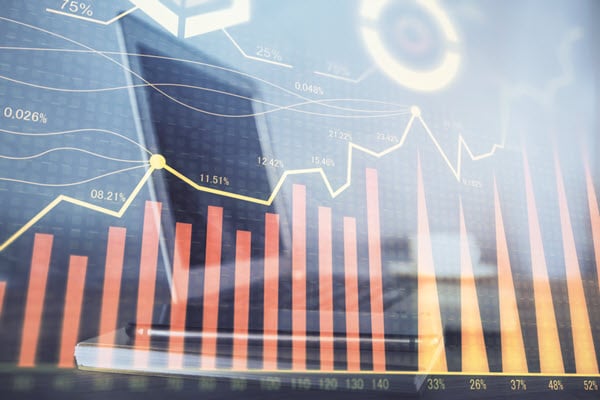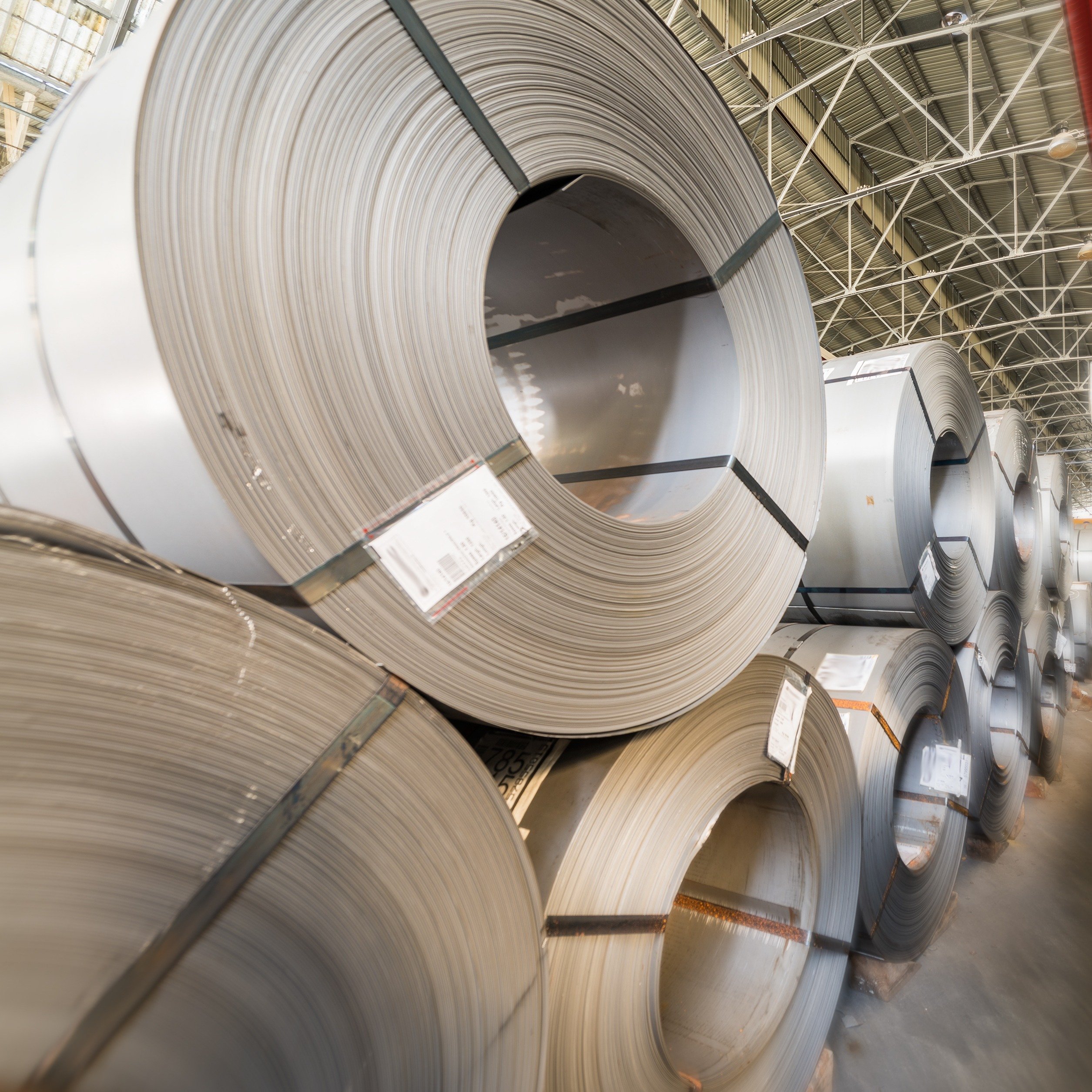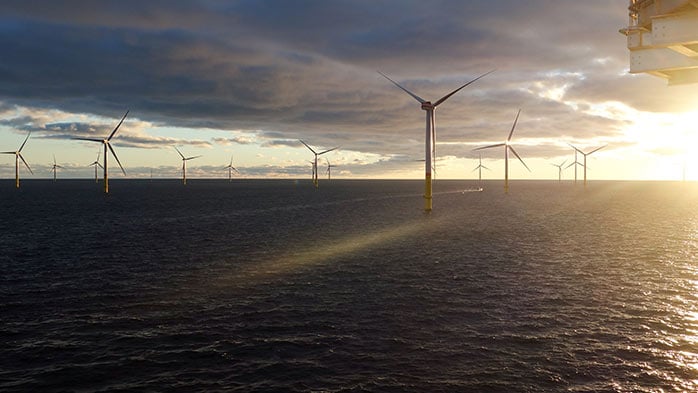Commodity markets are increasingly being shaped by the energy transition. Policy, clean technologies, sustainability, commodity markets and energy are ever more interlinked and complex. Here, in part one of this Insight series, we focus on five clean technology-focused calls that could define 2025.
There is a growing appreciation for the scale of change the energy transition will drive and how interlinked all these forces are. Decarbonising entire economies and systems will be difficult and expensive. More needs to be done to prepare for this change, and grids will receive a particular focus in 2025. Chinese companies are at the heart of clean technologies’ supply chains, often providing the lowest-cost solutions. Governments will have to face this reality in 2025, and difficult choices will be necessary.
The scope and number of trade restrictions will grow, but anything that drives clean technology costs higher will undermine decarbonisation efforts. 2025 will see significant changes at the corporate level driven by overcapacity, Chinese outward investment, technological improvements, and automation.
The battle for clean technology supremacy intensifies, but only the low-cost will survive
The scale of Chinese dominance in solar and batteries is unquestionable. The rapid reduction of many clean technology costs, driven by Chinese firms, is spurring a profound demand response. However, despite the rapid demand growth, only producers with cost advantages will survive.
In the battery sector, cost reduction is the main survival mechanism in markets with tight or negative margins and intense price competition. New manufacturers in Europe and North America face multiple barriers. These sectors are currently low-margin, and achieving cost-effectiveness though manufacturing excellence takes many years and is extremely difficult. Given this, most will not succeed, and western-based production facilities will continue to be largely operated by Chinese, South Korean and Japanese incumbents.
In solar markets, over 85% of module production is in China. Trying to change this established paradigm will be expensive and difficult. Our modelling, detailed in our Solar Technology and Cost Service, shows that manufacturing in the USA costs approximately double that in China or Southeast Asia. Furthermore, despite the Inflation Reduction Act – which will be radically changed and partially dismantled this year – initial price quotes for US-made modules are still higher than for imports. US module manufacturing capacity is expected to grow fivefold from 2023 to 2025 but will still reach only about 5% of China’s capacity level.
Costs at the battery cell or solar module level will not decline as quickly as in recent years. This will make it harder for new entrants to leapfrog existing incumbents. For example, over the past decade, solar PV manufacturers have been highly effective at reducing manufacturing costs. However, the era of “easy wins” has ended. Gains will now be hard-fought, likely relying on either alternative materials or new technologies.
Efforts to drive cost reductions will increasingly concentrate at the system level. In batteries, while there is still a lot of innovation at the cell level, there is more focus at the pack level, while in solar, every component of the system that scales inversely with module efficiency will benefit, including the costs of trackers, land and labour.
The more that clean technology costs fall, the more demand will grow, driving a lower-cost and more-rapid decarbonisation than many thought possible. There will be trade-offs, such as changing employment patterns, industry consolidation and greater geopolitical and supply chain risks.
Moreover, many clean technologies are not yet at a point where demand will grow rapidly without government support, whether via subsidies or through bans and taxes on the emitting alternatives. With China at the heart of these supply chains and having the lowest-cost producers, some governments may struggle with this dichotomy. However, with low margins and high barriers to entry, profitably ramping up new capacity without incumbent knowhow will be extremely challenging.
Squeezed margins force clean technology companies to change
Overcapacity will weigh on batteries and solar module prices through 2025. We will see significant changes at the corporate level in clean technology industries due to bankruptcies, capacity closures and investment scale-backs.
In the solar value chain, spot prices remain unsustainably low amid a heavily oversupplied market. We could be at the bottom in terms of pricing, with production cuts in China taking hold as manufacturers collectively cut production volumes in order to stabilise the market and allow inventory to be worked through. However, across the supply chain, we expect some manufacturers will be forced to exit the market.
Given that module production is relatively low capex and is relatively simple to build and operate, overcapacity at the module level is less of an issue than at upstream stages of the supply chain and meaningful overcapacity will likely persist.
Some manufacturers have already exited the market and acquisitions have started – Tongwei, the largest global cell manufacturer, will take a controlling stake in Runergy (n.b. also a top-ten cell manufacturer), several small cell and module manufacturers have filed for bankruptcy, cross-sector companies have sold off PV manufacturing subsidiaries and manufacturers of all sizes have postponed or cancelled planned capacity additions. Further capacity postponements and cancellations are almost certain.
In EVs, batteries and solar, Chinese companies are also looking to export and expand into international markets to exploit their technological lead, grow market share, support margins and escape fierce competition at home. This will amplify calls for protectionism.
Squeezed margins are driving automation. The number of workers per GW in battery gigafactories has plummeted and even in more mature markets, such as solar, the number of workers per unit of output is still falling. EV manufacturing will inherently employ fewer people than for internal combustion engine vehicles, due to new factories with more automation and far fewer parts per vehicle.
Indeed, it may be advanced automation that enables Chinese companies to build profitable facilities around the world, further cementing their leadership. Any expectations of a green wave of manufacturing jobs should be treated with caution. It is likely to continue to be at the more labour-intensive installation stage, rather than at the manufacturing stage, where more jobs are created.
Some clean technology companies are pushing to become full system providers wherever possible. BYD is increasingly looking to export EVs. In battery energy storage systems (BESS), twenty-foot containers have become the industry standard across the utility-scale energy storage market with the industry harmonised around lithium iron phosphate (LFP) technology, and Chinese firms are exporting more containerised systems than in the past, where cell and module shipments prevailed. 2025 could be the year where we see more cross-technology integration in clean technology, with a possibility that solar manufacturers could be absorbed by battery makers, enabling companies to become full-system providers, easing procurement challenges for co-located solar/storage projects globally.
One thing is for sure – 2025 will see significant changes at the corporate level in clean technology markets. This trend is increasing counterparty and warranty risks. It has never been more important to evaluate not only what you buy, but also who and where you buy it from.
Supply chains challenged as green protectionism grows
As set out in our top ten calls for the world economy, global trade tensions will escalate in 2025. Increasingly, clean technologies, especially those manufactured in China, are going to be at the heart of this, with a growing number and share of trade restrictions targeting these industries. 2025 will see increased resistance from many governments, with many looking to set more tariffs.
To sidestep trade measures, we will see more outward investment from Chinese firms. Chinese domestic overcapacity in solar and batteries means that, geopolitics and trade tensions aside, the investment case for vast capacity builds elsewhere would be limited. However, increasing geopolitical risk and a growing trend toward domestic manufacturing is changing this paradigm., and any such expansion will need local supply chains also, which due to the importance of materials in this supply chain is arguably even more important than capacity.
The extent of Chinese companies’ lead is becoming an existential crisis for some global industries. To exclude Chinese firms and their manufacturing expertise from supply chains would be extremely challenging and, in some cases, unfeasible. Moreover, geopolitical tension and green protectionism will raise the costs of the energy transition and ultimately slow progress.
Chinese dominance has, finally, become all too real for policy makers in the EU and the US and this is going to be even more apparent through 2025. Expect more trade measures and huge shifts in trade flows in the years to come.
Need for grid upgrades and storage comes into sharp focus
Electric power generation is the single largest-emitting sector and is, comparatively, ‘easy-to-abate’ with slot-in technologies. Focusing here is logical – it is the linchpin of the energy transition, providing the foundation for electrification of economies. Electrification is nearly always the lowest-cost pathway to decarbonisation. However, electrified transport and home heating will need a low-emissions grid to be most effective. This is why the sector is facing so much pressure to decarbonise. However, energy markets face a trilemma of competing issues – ensuring energy security, providing access to affordable and clean energy and ensuring stability of supply.
The nature of our power grids is changing, with renewable installations and electricity demand growing rapidly. Grid transmission capacity needs to expand and cope with increased intermittency. Battery energy storage markets are booming, from a low base, and will help provide some of the short-term storage our grids will need. However, there are still significant questions about scale and how seasonal and long-term storage needs will be met.
Demand growth and intermittency are huge challenges for grid operators. Our grids are not ready. We need smarter grids, more storage and enhanced transmission networks. We think 2025 will be a year when this comes into focus.
The massive expansion in both storage and transmission grids will be difficult to achieve. This is due not only to the cost but also due to the extent of the build required, as well as the difficulty and time horizons of major projects. Upgrading our grids will need vast amounts of wire and cable, but these markets are not truly efficient and face many complex and interwoven challenges, not least due to inertia and varied, often inflexible, national standards. This will be compounded by trade frictions and disruptions. There is also a need for more transformers, which require grain-oriented electrical steel, a material in short supply.
All these issues, if unresolved, could prove to be a brake on decarbonisation efforts. In short, decarbonisation of other sectors cannot progress unless we invest in the grid upfront.
Increased realism about scale of task and viability of technological solutions
2025 will see an increasing appreciation of the scale of what is required to achieve the energy transition and how much it will fundamentally alter societies and economies. Decarbonisation is often expensive and difficult – beware forecasts that suggest otherwise.
Decarbonisation is not happening fast enough, but we are starting to build a more detailed view of which technologies are needed and where. Tools such as CRU’s abatement curve can help here. It plots the carbon price or subsidy needed to incentivise the use of a clean technology against the amount of decarbonisation it achieves. Tools like this help us think at a system and technology level, showing us where we can achieve the most decarbonisation at the lowest cost. Largely, the lowest-cost solutions involve electrifying processes with proven drop-in technologies.

















